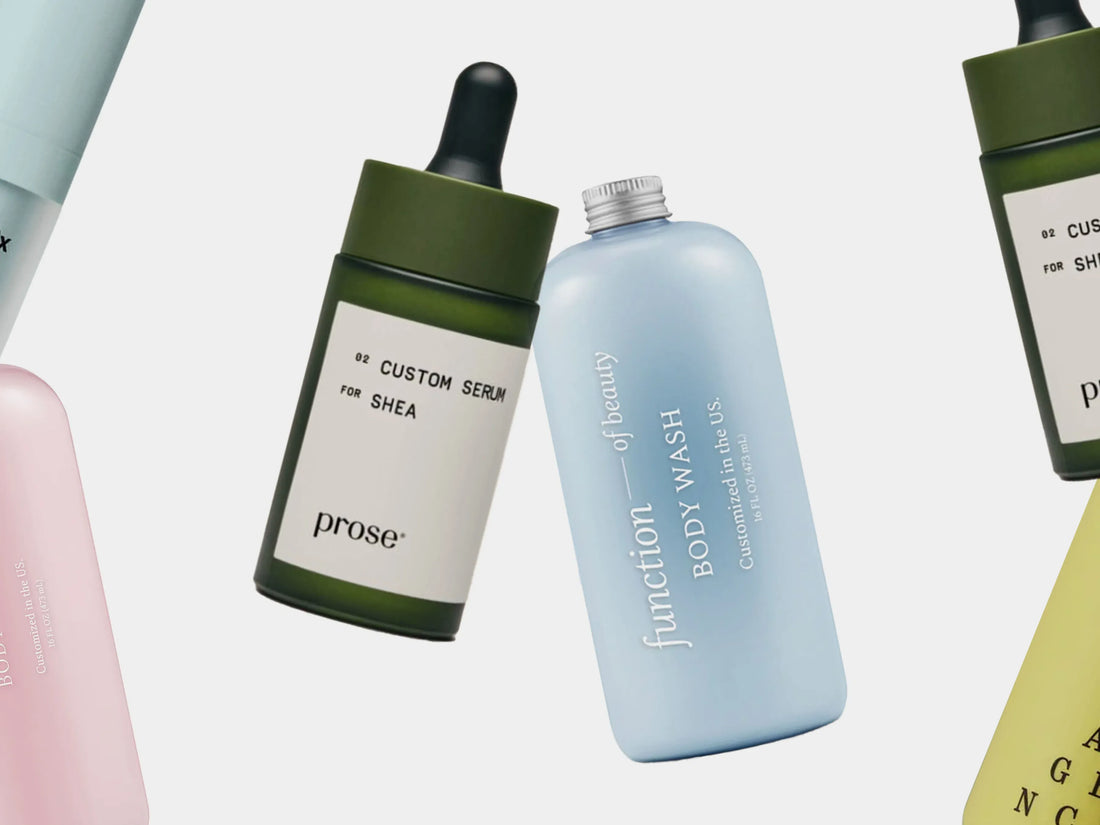
How to Layer Skincare Like a Pro: Order, Timing & Common Mistakes
Share
Understanding the Science of Skincare Layering
Mastering the art of skincare layering transcends mere product application—it's a sophisticated orchestration of molecular weights, pH levels, and active ingredient interactions. The epidermis operates as a selective barrier, absorbing formulations based on their viscosity and molecular structure. Understanding this biological framework transforms your routine from haphazard application into a strategic regimen that maximizes efficacy.
The fundamental principle revolves around molecular size hierarchy. Lighter molecules penetrate deeper when applied first, while occlusive agents create protective barriers when layered last. This systematic approach ensures optimal bioavailability of each active ingredient, preventing formulation conflicts that can neutralize beneficial compounds.
Dermatologists consistently emphasize that proper layering technique can amplify product efficacy by up to 40%, making the sequence as crucial as the products themselves.
The Essential Order: From Thinnest to Thickest
The cardinal rule of skincare layering follows a logical progression from thinnest to thickest consistency. This methodology ensures maximum penetration of water-based serums before introducing lipid-rich formulations that create occlusive barriers.
Morning Routine Hierarchy
Begin with gentle cleansing to remove overnight cellular debris and sebaceous secretions. Follow immediately with toner or essence—these hydrophilic solutions prepare the skin's surface for subsequent absorption. Next, apply vitamin C serums or targeted treatments containing actives like niacinamide or peptides.
Moisturizer application creates the penultimate barrier. Choose formulations appropriate for your skin's biome—lightweight hyaluronic acid serums for oily complexions, ceramide-rich creams for compromised barrier function. Conclude with broad-spectrum SPF protection, ensuring uniform coverage across all exposed areas.
Evening Routine Architecture
Double cleansing removes makeup residue and environmental pollutants more effectively than single-step cleansing. Oil-based cleansers dissolve sebaceous impurities, while water-based formulations address remaining debris.
Incorporate exfoliating acids—AHAs, BHAs, or retinoids—after cleansing but before hydrating layers. These keratolytic agents require direct skin contact for optimal efficacy. Follow with hydrating serums, then seal with night moisturizers containing reparative ingredients like bakuchiol or growth factors.
Timing: The Overlooked Variable in Skincare Success
Chronotherapy in skincare acknowledges that skin cells follow circadian rhythms, influencing product absorption and cellular repair mechanisms. Morning applications should focus on protection and antioxidant delivery, while evening routines emphasize renewal and barrier restoration.
Allow 60-90 seconds between product applications. This interval permits adequate absorption without creating occlusive barriers that impede subsequent layers. Rushing this process compromises bioavailability and can trigger irritation through ingredient incompatibility.
Seasonal Considerations
Environmental factors significantly impact optimal layering strategies. Winter months demand enhanced barrier support through ceramides and occlusives, while summer heat necessitates lighter formulations with increased antioxidant protection. Humidity levels affect product absorption rates—adjust application timing accordingly.
| Season | Key Focus | Recommended Adjustments |
|---|---|---|
| Spring | Renewal & Protection | Introduce gentle exfoliation, maintain hydration |
| Summer | Antioxidant Defense | Lightweight textures, enhanced SPF |
| Fall | Repair & Strengthen | Increase moisturizing layers, add retinoids |
| Winter | Barrier Protection | Rich occlusives, humectant serums |
Common Mistakes That Sabotage Results
Even well-intentioned skincare enthusiasts commit layering errors that diminish product efficacy. Understanding these pitfalls prevents costly mistakes and optimizes your investment in quality formulations.
Ingredient Antagonism
Certain active ingredients exhibit chemical incompatibility when layered incorrectly. Vitamin C and retinol create oxidative reactions that neutralize both compounds. Similarly, benzoyl peroxide degrades retinoids, rendering both ineffective.
- Never combine direct acids with retinoids in the same application
- Separate vitamin C (morning) from retinol (evening) usage
- Avoid mixing copper peptides with vitamin C or acids
- Buffer strong actives with hydrating layers to prevent irritation
Over-Layering Syndrome
The misconception that more products equal better results leads to formulatory overload. Excessive layering can trigger contact dermatitis, clog pores, or create barrier disruption. Skin requires time to process active ingredients—overwhelming this natural process counteracts beneficial effects.
Limit active ingredients to 2-3 per routine. Focus on proven combinations rather than experimental cocktails. Quality formulations with synergistic ingredients often outperform multiple single-ingredient products.
Professional Tips for Advanced Layering
Dermatologists employ specific techniques that maximize product penetration and minimize adverse reactions. These professional strategies elevate basic routines into sophisticated treatment protocols.
The Sandwich Method
This technique involves applying hydrating toner, followed by treatment serums, then another toner layer before moisturizer. The dual hydration phases enhance active ingredient penetration while maintaining optimal skin pH levels.
Cocktailing vs. Layering
Cocktailing mixes compatible products before application, while layering applies them sequentially. Cocktailing works well for similar-consistency products with complementary ingredients. Layering suits products with different molecular weights or incompatible pH requirements.
Consider your skin's unique needs when developing personalized protocols. Sensitive complexions benefit from gentler actives with longer adjustment periods, while resilient skin types can accommodate more aggressive treatment schedules.
Building Your Personalized Skincare Architecture
Successful skincare layering requires understanding your skin's specific requirements and responding to changing conditions. Generic routines rarely address individual concerns effectively—customization becomes essential for optimal results.
Start with basic cleansing, moisturizing, and sun protection foundations. Gradually introduce targeted treatments based on primary concerns: acne, hyperpigmentation, aging, or sensitivity. Monitor skin response carefully, adjusting frequency and concentration as tolerance develops.
Track progress through consistent observation and documentation. Skin improvements often occur gradually—patience and consistency yield better long-term results than frequent routine changes. Professional guidance can accelerate this process while minimizing trial-and-error frustration.
Remember that effective skincare transcends expensive products or complex routines. Understanding ingredient interactions, proper application timing, and individual skin needs creates the foundation for lasting improvements in skin health and appearance.
